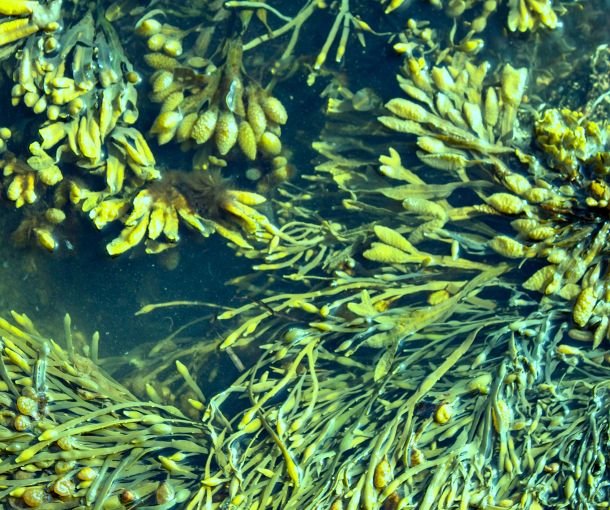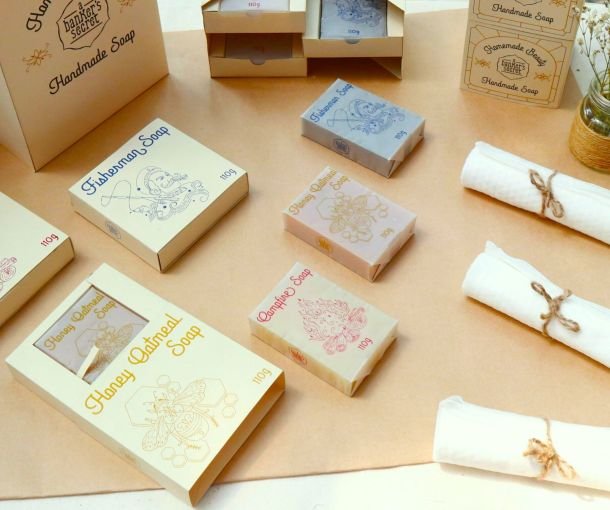The Power of the Sea: Challenges and Solutions in Developing Market-Viable Bio-Based Textiles from Macroalgae

Introduction
In the quest for sustainable and eco-friendly alternatives in the textile industry, macroalgae, commonly known as seaweed, has emerged as a promising candidate. This abundant marine resource offers various environmental benefits, including carbon sequestration, while simultaneously addressing the pressing issues of plastic pollution and the carbon footprint of textiles. However, turning macroalgae into market-viable bio-based textiles is not without its challenges. In this article, we will delve into the key challenges and present innovative solutions for the successful development of macroalgae-based textiles.
Challenges
Fiber Extraction and Processing
Challenge: Unlike traditional textile crops like cotton or flax, macroalgae’s fiber extraction and processing are relatively unexplored territories. Seaweed fibers are delicate and require specialized techniques to be extracted efficiently.
Solution: Researchers are working on developing gentle and efficient methods for fiber extraction. Enzyme-assisted processes and mechanical treatments that preserve the fibers’ integrity are being explored.
Fiber Strength and Quality
Challenge: Seaweed fibers, while renewable, may not possess the same strength and durability as conventional textiles. Ensuring consistent quality and performance is crucial.
Solution: Hybrid materials combining seaweed fibers with other natural or synthetic fibers can enhance strength and durability. This approach allows for the creation of textiles with the desired properties while reducing reliance on less sustainable materials.
Sustainability of Seaweed Farming
Challenge: Large-scale seaweed farming needs to be sustainable to meet the textile industry’s demands without harming marine ecosystems. Nutrient management, disease control, and minimizing invasive species are key concerns.
Solution: Implementing Integrated Multi-Trophic Aquaculture (IMTA) systems, where seaweed is cultivated alongside other marine species, can reduce the environmental impact. Additionally, monitoring and regulations can ensure responsible seaweed farming practices.
Processing and Scaling Up
Challenge: Transitioning from small-scale research to industrial production is a significant hurdle. Developing cost-effective processing methods at scale is essential for market viability.
Solution: Collaboration between research institutions, textile manufacturers, and policymakers can accelerate the scaling process. Investment in infrastructure and technology for large-scale processing is crucial.
Consumer Acceptance and Education
Challenge: Convincing consumers to adopt macroalgae-based textiles can be challenging due to limited awareness and misconceptions about these materials.
Solution: Comprehensive consumer education campaigns highlighting the benefits of seaweed-based textiles in terms of sustainability, comfort, and biodegradability can drive acceptance. Certifications and labeling can also play a role in building trust.
Conclusion
The potential of macroalgae-based textiles to revolutionize the textile industry by offering sustainable, biodegradable, and carbon-sequestering materials is immense. While challenges exist, they are not insurmountable. Through interdisciplinary research, innovation, and collaboration across the value chain, the industry can overcome these hurdles and usher in a new era of eco-conscious textiles.
By addressing issues related to fiber extraction, quality, sustainable farming, processing, scaling up, and consumer acceptance, macroalgae-based textiles can become a market-viable and environmentally responsible choice. As we look to a future where sustainable practices are paramount, harnessing the power of the sea through macroalgae textiles offers a promising solution.
References:
Neiva, J., & Pearson, G. A. (2016). Integrating seaweeds into marine aquaculture systems: a key toward sustainability. Journal of Phycology, 52(5), 821-837.
Guedes, A. C., Amaro, H. M., Malcata, F. X., & Sousa-Pinto, I. (2011). A novel approach for the high-yield processing of carrageenan from the red seaweed Gigartina teedii. Carbohydrate Polymers, 84(1), 109-114.
Dring, M. J., & Dudgeon, S. (1982). Pigmentation and photosynthesis in the marine red alga Palmaria palmata: geographical and seasonal variation. Marine Ecology Progress Series, 8(3), 283-290.


